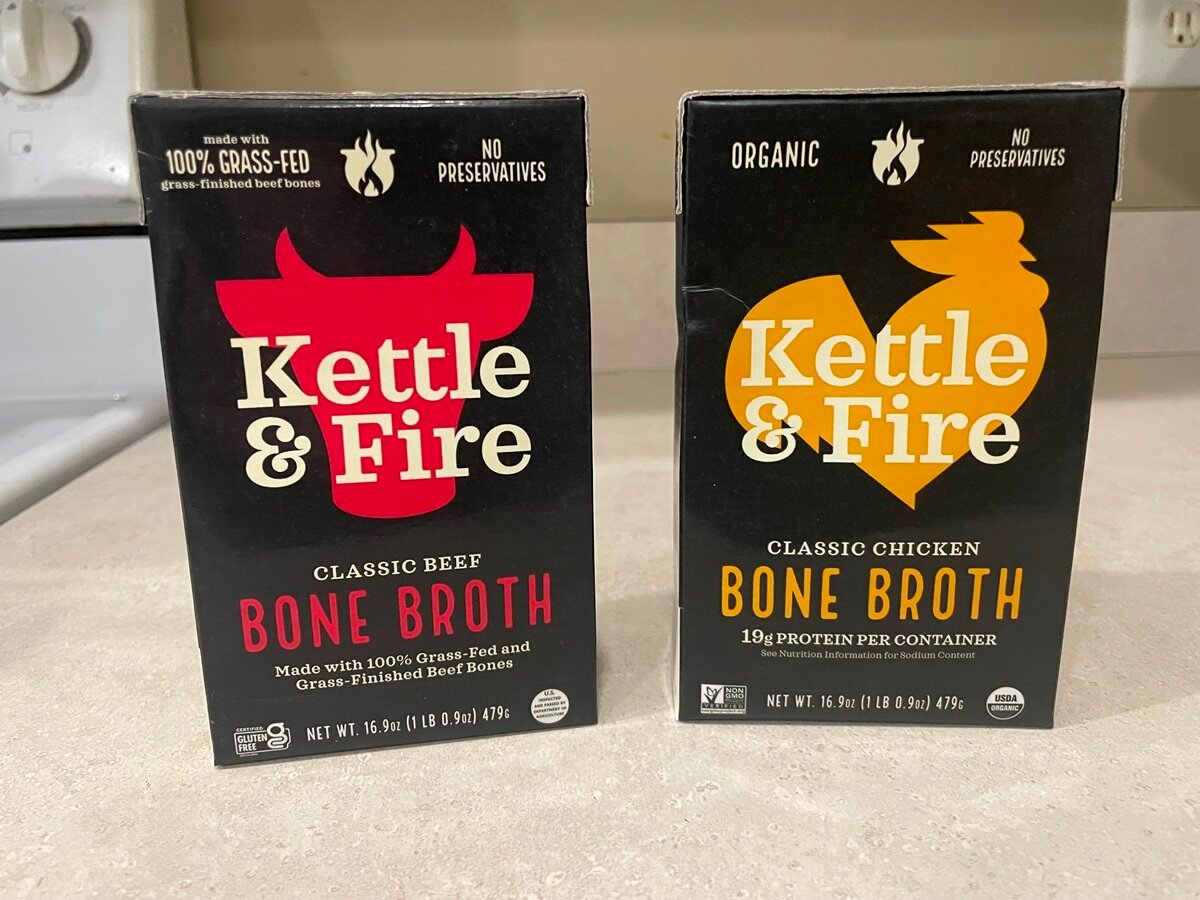
Bone broth, particularly chicken bone broth and beef bone broth, has surged in popularity, celebrated not only for its rich flavor but also for its potential to support gut health, among other health benefits.
Whether it’s the base for soups, risottos, gravies, or other culinary creations, understanding the differences between chicken bone broth vs beef bone broth and their unique contributions to wellness can be a game-changer.
If you're accustomed to using standard broths, let's discuss why bone broths might be a beneficial upgrade, especially in light of the growing interest in their health advantages. Let’s embark on this journey!
Jump to:
- Homemade vs. Store-Bought Bone Broths
- The Taste of Beef Bone Broth vs Chicken Bone Broth
- The Difference Between Bone Broth and Regular Beef or Chicken Broth
- The Difference Between Bone Broth and Stock
- Beef Bone Broth vs Chicken Bone Broth Health Benefits
- What Can You Make With Chicken Bone Broth?
- What Can You Make With Beef Bone Broth?
- The Bottom Line: Chicken Bone Broth vs Beef Bone Broth
- Frequently Asked Questions
Homemade vs. Store-Bought Bone Broths
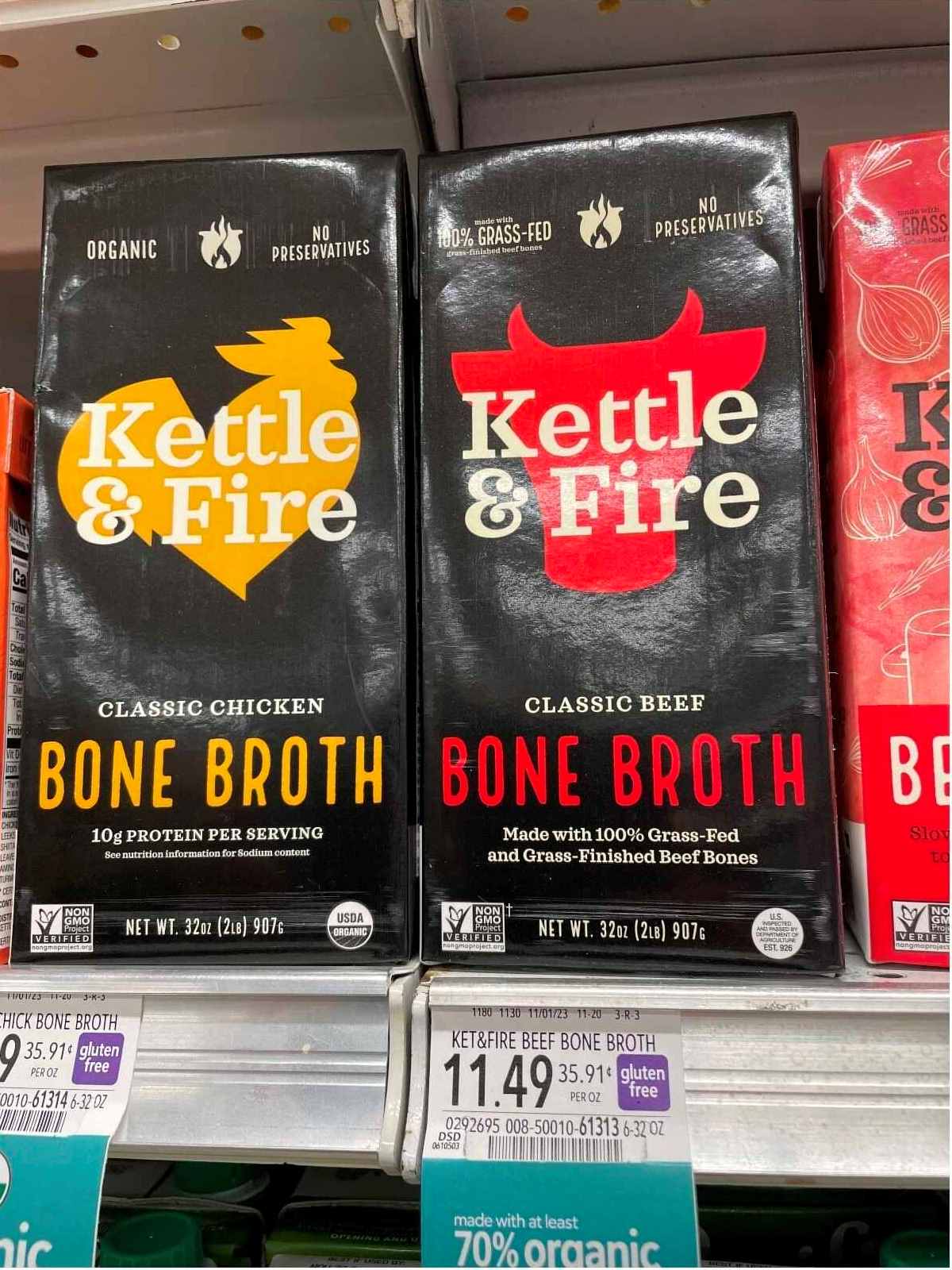
The "gold standard" for bone broth just might be simmering it on the stove for hours... and hours. If you have high-quality bones to use, perhaps from organically grown free-range chickens or from grass-fed and finished beef, and you have a lot of time to spare, then by all means, I urge you to make your own. I do this myself when I have those bones available.
Be aware, though, that making bone broth does take a long time. You need to simmer the chicken or beef bones, along with vegetables, herbs, and a bit of apple cider vinegar, for many hours. Some sources recommend up to 36 hours, but most of the time, I have done it for 12 or, a few times, 24.
Once the broth is done, I like to let it cool on the stove for an hour or so, and then I pour it into glass containers to help it cool more quickly. I refrigerate my bone broths overnight, then the next day, any fat is congealed at the top of the bowl. I scrape off most of it, leaving just the bone broth, complete with collagen and nutrients, in the bowl.
While homemade bone broth is delicious and very nutritious, it does require a time commitment. A common mistake is not simmering it long enough, so if you don't think you have time to make a really hearty bone broth, consider visiting your local grocery store instead.
Purchasing a high-quality bone broth from the grocery store is almost as good, and it is a lot easier. In addition, the companies making organic bone broth use all organic ingredients, so if that's important to you, it would cost less to buy the bone broth than it would to buy the meat (with bones) and veggies on your own.
The bottom line is that it's up to you: Make it yourself or buy it, and your bone broth will be delicious.
The Taste of Beef Bone Broth vs Chicken Bone Broth
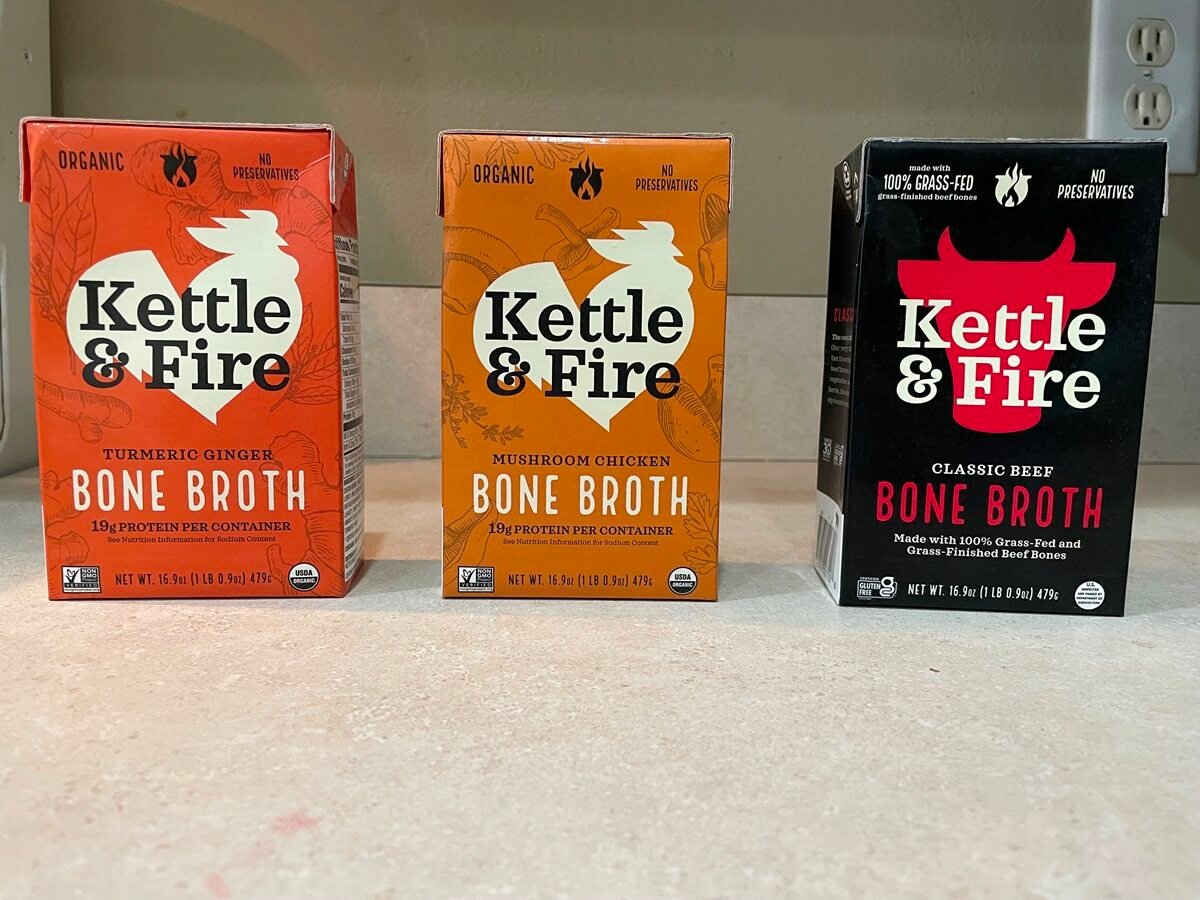
Some recipes call for beef bone broth, and others call for chicken bone broth, but there are also some that would be tasty with either one. The taste of chicken broth is lighter and more subtle than that of beef broth in most cases. Beef carries a more savory and often umami flavor profile in general, and this is true of the broth as well.
If you're deciding whether you'd like to use beef or chicken bone broth based only on flavor, think about which meats and vegetables you're using in your recipe. If you're making something with a lot of strong flavors, such as French onion soup or a hearty stew with lots of tomatoes, you might opt for beef broth. On the other hand, a light, pasta- or rice-based soup with celery, carrots, and peas might do better with chicken broth.
Another consideration is whether you're using wine in your recipe. As a general rule of thumb, I would pair a hearty beef bone broth with red wine and a lighter chicken bone broth with white wine, as those flavors tend to complement each other.
Related: Instant Pot Chicken Bone Broth in 3 Hours
The Difference Between Bone Broth and Regular Beef or Chicken Broth
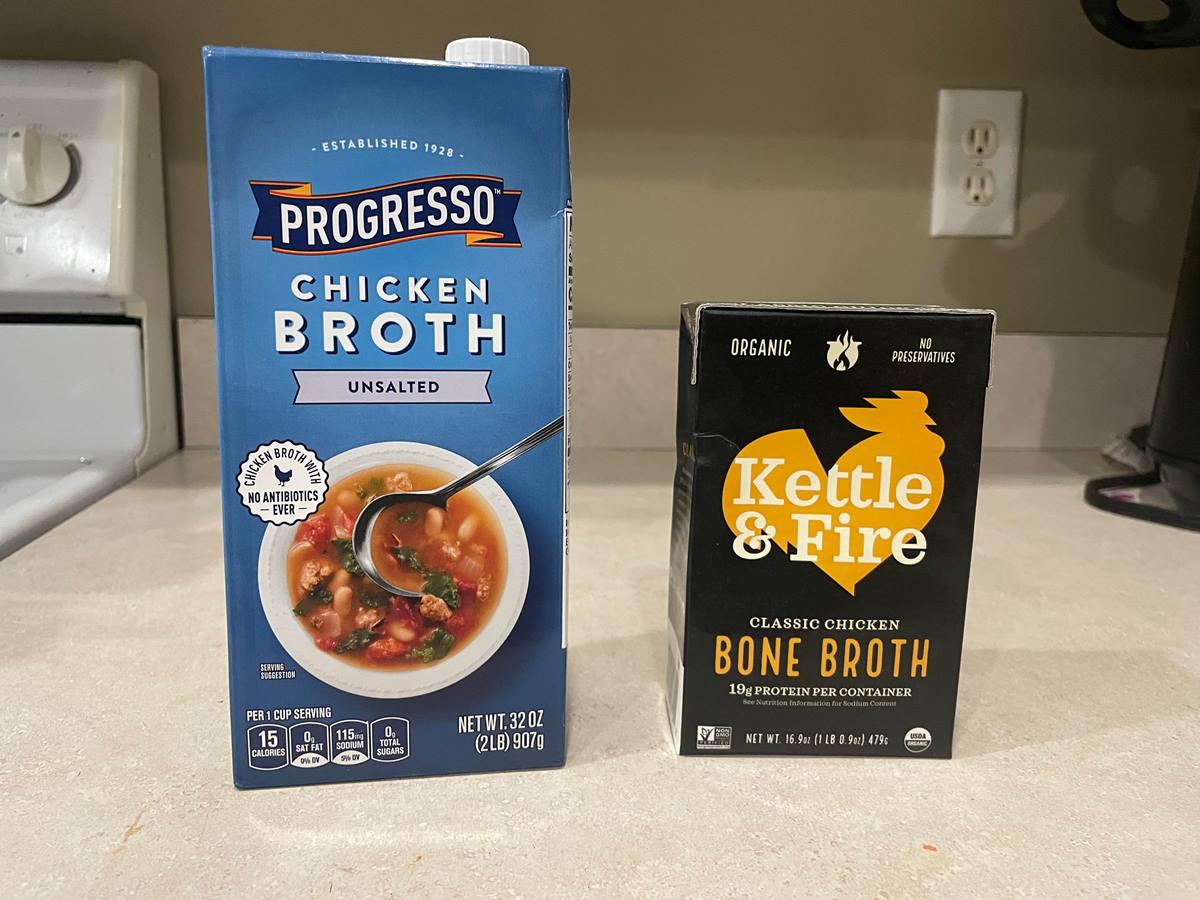
While bone broth and regular broth share similarities, they differ in both their preparation and their nutritional composition. Since bone broth simmers for a long time, more nutrients, collagen, and minerals make their way into the broth.
On the other hand, regular broth is made by simmering bones for a shorter period of time, resulting in a lighter flavor.
If you make homemade broth, you'll notice that bone broth, once chilled, looks like a gelatin dessert. This is because simmering bones for a long time, particularly with the addition of apple cider vinegar, will draw natural gelatin out of the bones. This jelly-like consistency doesn't occur with regular broth. (And don't worry; once the bone broth is heated up, it turns into a purely liquid consistency!)
You'll notice that regular broth is much less expensive than buying bone broth at your local grocery store, so this is another difference to keep in mind if you're cooking on a budget.
The Difference Between Bone Broth and Stock
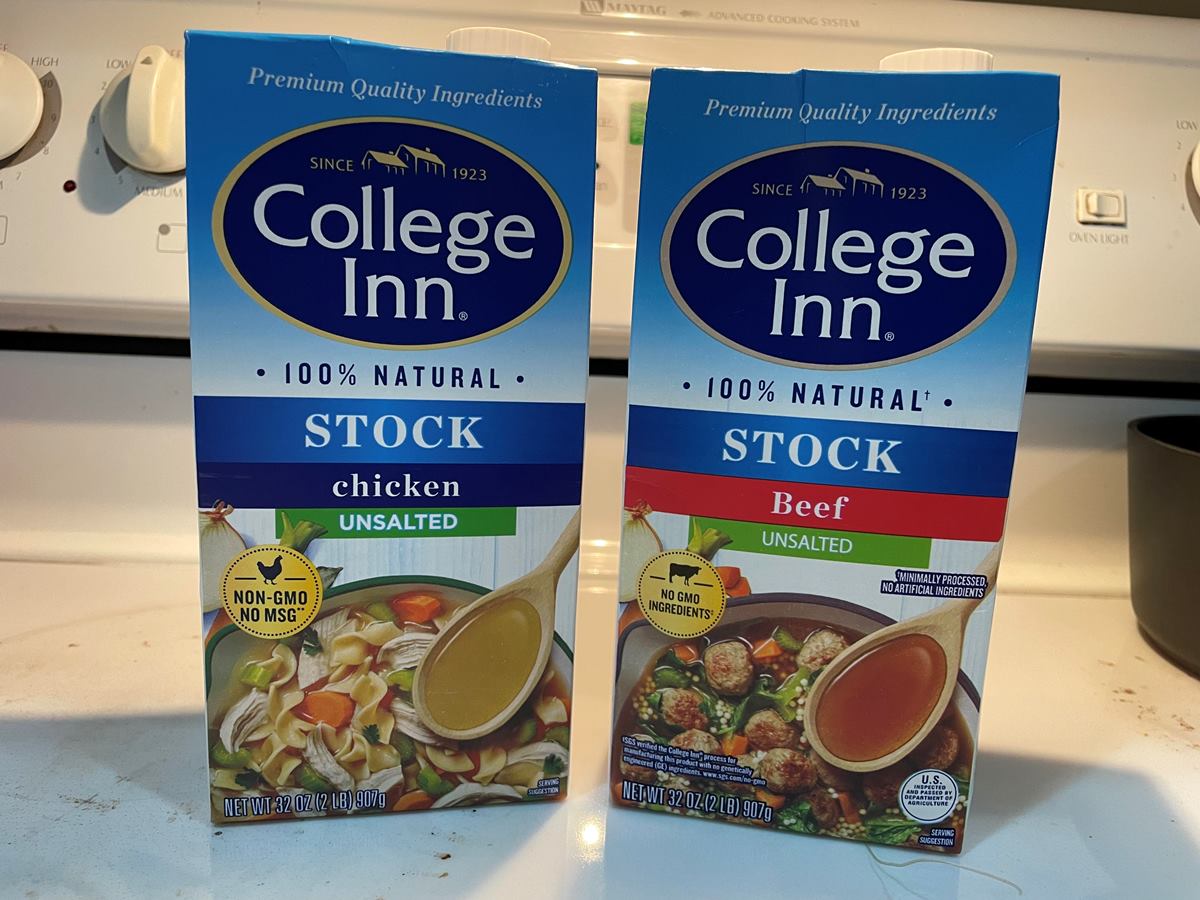
Stock is simmered longer than regular broth but not as long as bone broth, so it's a less concentrated product if you're comparing it to bone broth.
One major difference between stock and bone broth is that stock isn't seasoned. It's typically only the bones and meat that are simmered. There aren't usually vegetables, herbs, or spices added. Bone broth (and regular broth, for that matter) usually also includes vegetables as well as various seasonings like herbs, spices, and salt and pepper.
While stock can be substituted for bone broth for recipes, note that it's not as concentrated and that you'll need to do a lot more seasoning. If you'd prefer a more concentrated taste, you can add bullion powder or a bullion cube. You can also add salt (though you may need to watch the sodium), pepper, garlic powder, and whatever other seasonings would complement your recipe.
Related: Instant Pot Beef Bone Broth
Beef Bone Broth vs Chicken Bone Broth Health Benefits
Thanks to their nutrients, beef bone broth and chicken bone broth have similar health benefits. They're both excellent sources of collagen, which can promote healthy joints and improve skin elasticity. They also contain amino acids, as well as minerals like calcium, magnesium, and phosphorus.
With all of that said, beef broth confers more collagen per serving. Because it's made up of mostly type III collagen, beef broth can fight inflammation in your small intestine more effectively. The amino acid called glycine, which is more prevalent in beef bone broth, is also good for helping you sleep better.
Chicken bone broth also has glycine, just not as much as beef does. Chicken broth also has type II collagen, which is good for reducing visible signs of skin aging. It's also good for your joints, as well as for tendon pain. Chicken broth is also good for increasing hydration if you sip it when you're sick.
Since both have valuable amino acids and are important for gut health, it makes sense to incorporate both into your diet.
What Can You Make With Chicken Bone Broth?
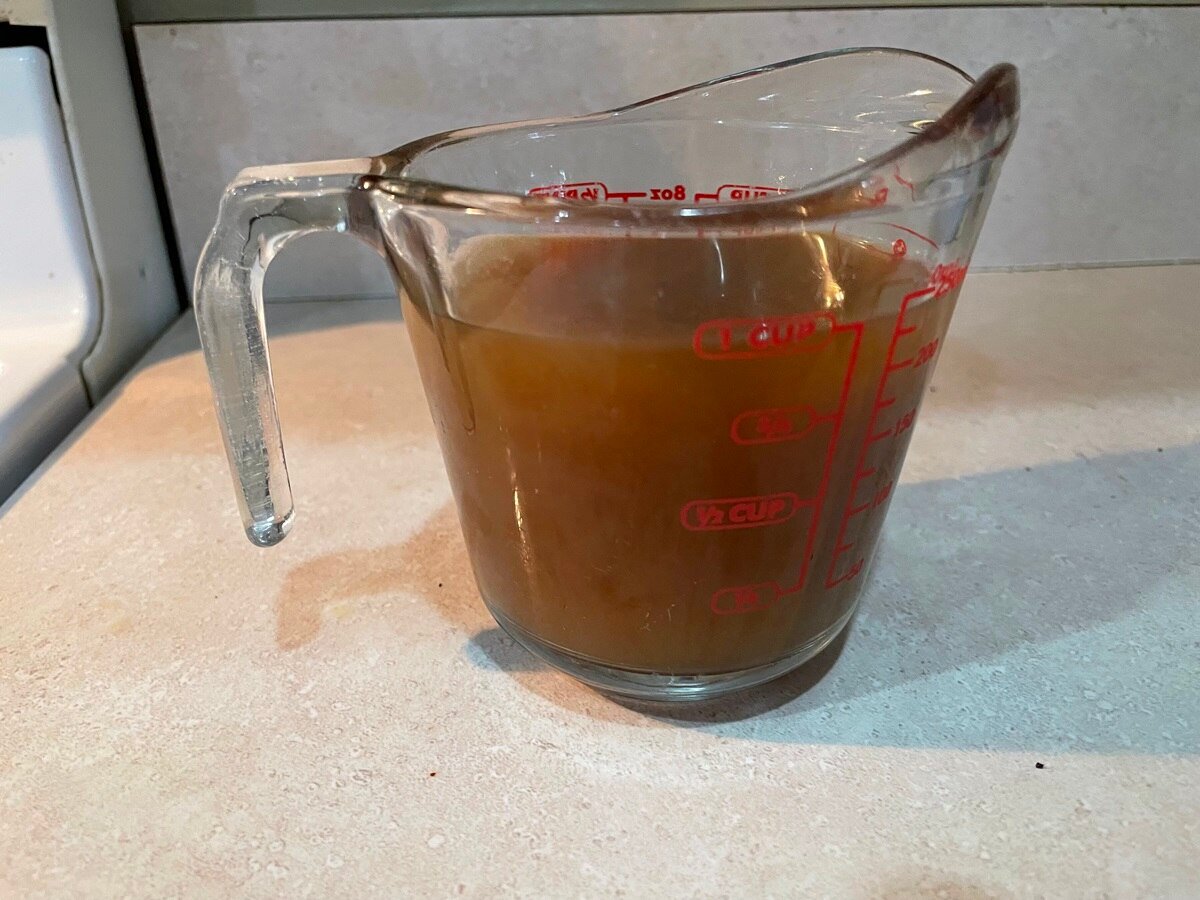
So, what can you make with chicken bone broth? Here are a few possibilities:
- Chicken gravy to put over chicken, mashed potatoes, stuffing, and so on.
- Chicken soup of all kinds, including chicken and rice, chicken noodle soup, and chicken tortilla soup.
- Risotto of all kinds, including mushroom risotto, cheesy risotto, and saffron risotto.
- Vegetable-based soups if you don't have vegetable stock and you're not cooking for a vegetarian.
- Pasta dishes where you simmer the pasta in broth to give it a delicious flavor.
- To cook rice or other grains.
- To drink it as a warm, comforting beverage.
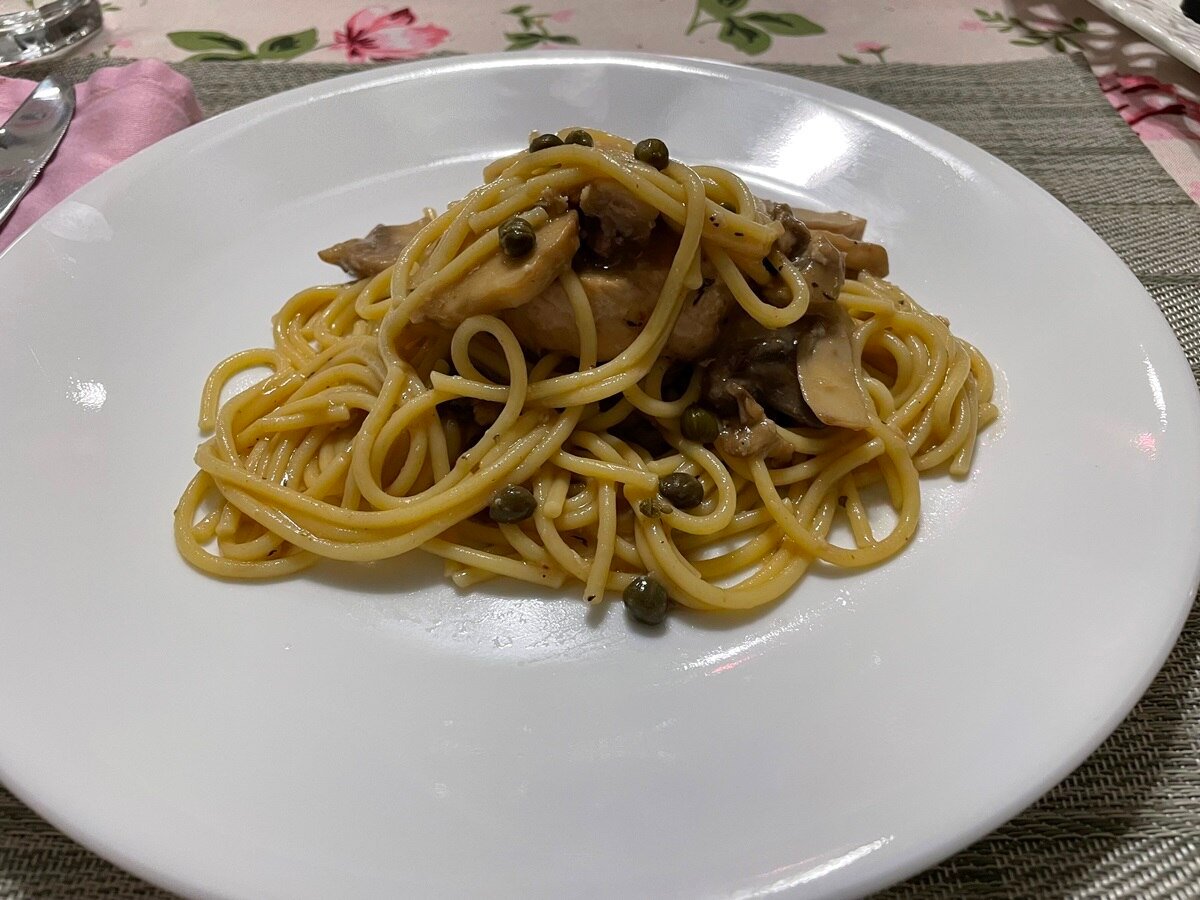
In trying out chicken bone broth, I made a pasta dish. I sautéed chicken, mushrooms, and various seasonings, then added a bit of white wine, lemon, and Kettle & Fire chicken bone broth. I thickened up the sauce a bit with flour and butter roux, then stirred in capers and served it over spaghetti.
What Can You Make With Beef Bone Broth?
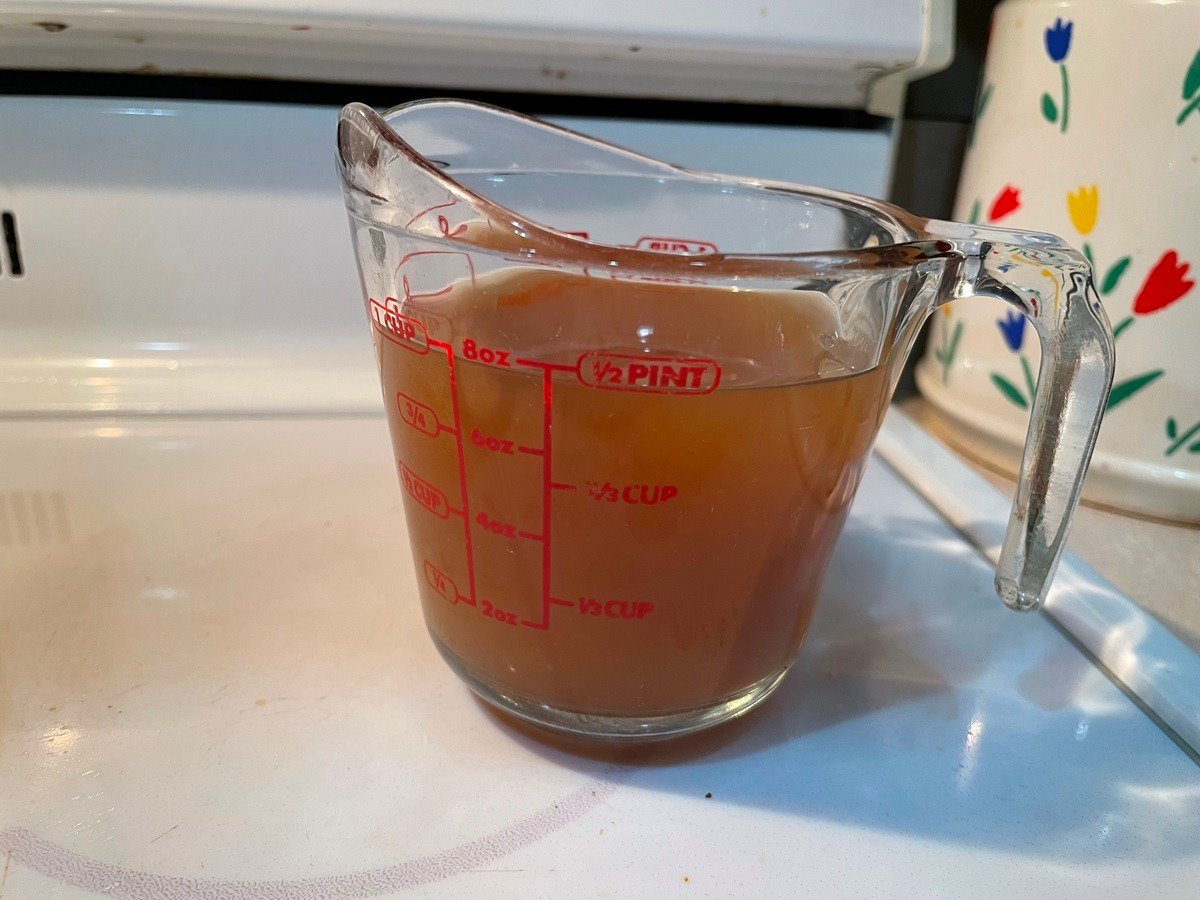
Beef bone broth is equally versatile. You can use it for various recipes, including:
- Beef stews and soups, including French onion soup.
- Lamb stew, if you aren't able to make lamb bone broth.
- Chili made with ground beef or ground bison.
- Pho or ramen soups
- To cook rice, beans, or other legumes or grains.
- To drink it as a warm beverage.

When I tested out my beef bone broth, I used Kettle & Fire beef bone broth to make ramen. This was very simple; I simply simmered the broth and added mushrooms, Napa cabbage, and onions, then added dried ramen noodles during the last two or three minutes. I served it with cilantro, green onions, and bean sprouts.
Related: 15 Bowls of Warm & Cozy Instant Pot Noodle Soups
The Bottom Line: Chicken Bone Broth vs Beef Bone Broth
Choosing between chicken bone broth vs beef bone broth comes down mostly to personal preference and what you're actually cooking. If you're making it yourself, it will come down to whether you have beef bones or chicken bones available. Both bone broths are teeming with flavor, versatile, and packed with nutrients.
Think about whether your dish is light or requires more of a strong or umami flavor; this can help you decide whether beef or chicken bone broth is going to be the right choice for your particular recipe.
There are plenty of recipes where you could use either type of bone broth, such as Italian wedding soup, ramen or pho recipes, risotto, or a simple soup made with just broth, vegetables, and rice or pasta.
Frequently Asked Questions
Both chicken and beef bone broth have various health benefits. If you can, choose organic bone broth made from pasture raised or grass-fed chicken or beef, respectively. It's also a good idea to use other high-quality ingredients in your recipes, such as organic vegetables.
If you're buying bone broth, check the nutrition label. Some are high in sodium. You can mitigate this by buying low-sodium or even no-salt-added varieties. Then, you can add your own salt or seasonings to taste.
You can drink bone broth anytime. If you drink it in the morning, it could stand in as a substitute for your regular coffee or tea, boosting your gut health and giving you a dose of amino acids early in the day. If you drink it at night, you may find it a relaxing nightcap, and it can help you settle down and go to sleep. Anytime is a good time for high-quality bone broth.






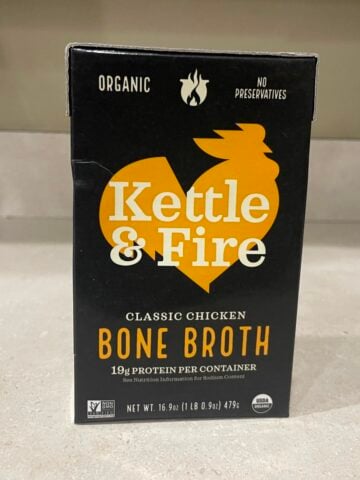


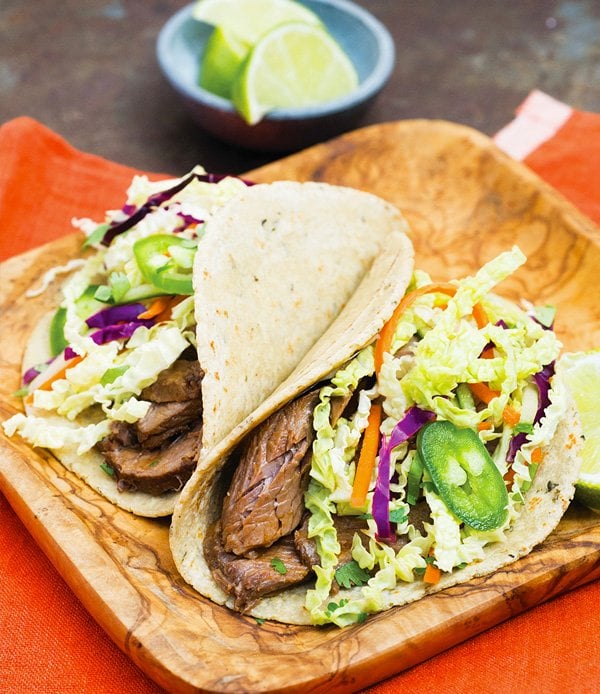
Leave a Reply